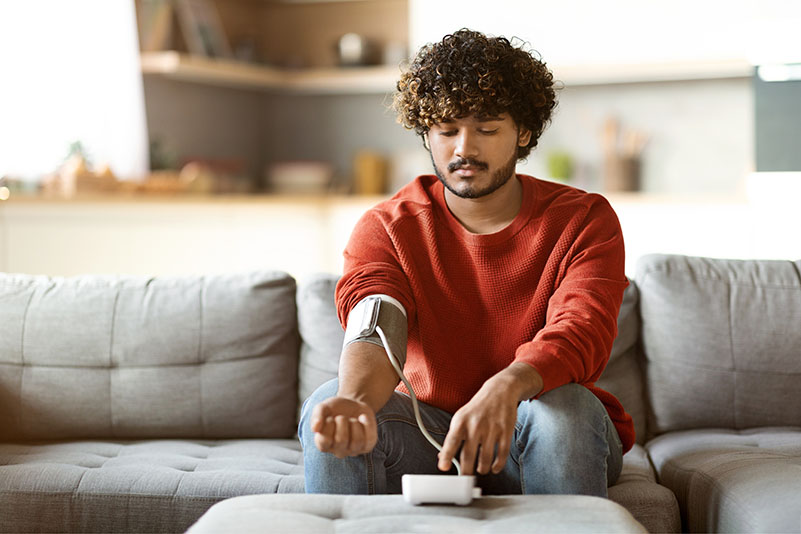Stroke has long been viewed as a risk for just the older population. Now research is showing a concerning new trend.
Over the past decade, stroke rates have increased by 15.7% among those ages 45 to 64. Also alarming, the rates among people ages 18 to 44 have increased by 14.6%. This tracks with what the CDC reports: About one in seven strokes now occur in 15- to 49-year-olds.
As more and more younger adults are affected, it’s crucial to be aware of what’s raising the risk for strokes — and how to stop them from happening in the first place.
Why ‘Brain Attacks’ Happen Early
A stroke occurs when blood flow to the brain is blocked or disrupted by a broken blood vessel. When this happens, oxygen-starved brain cells become weak and may die.
Without immediate medical attention, strokes can cause permanent changes in your mind and body. Sadly, they’re also the fifth-leading cause of death in the United States.
Researchers think the recent increase in young people may be due to:
- Rising rates of related conditions, such as high blood pressure, obesity, and diabetes
- Smoking and the use of other drugs, such as opioids
- Lower levels of education (the largest increase of all, 18.2%, occurred among adults who hadn’t finished high school)
How to Prevent Strokes
Some risk factors for stroke — such as family history and ethnicity — are out of your hands. But there’s a lot you can do to reduce the danger, at any age.
This includes:
- Balancing blood pressure. Get your numbers checked often. If they’re high, work with your healthcare provider on a plan to lower them. This might include lifestyle changes or medicine.
- Eating well. Consume plenty of fruits, vegetables, whole grains, and healthy proteins and fats. Limit salt and boost potassium to keep blood pressure in check.
- Moving more. Exercise helps keep blood vessels flexible and clog-free. Aim for 30 minutes of moderate movement most days, and two days of strength training per week.
- Avoiding alcohol and drugs. More than one drink a day for women or two for men increases the risk for stroke. So do nicotine, opioids, and illegal drugs like cocaine.
- Reducing stress impact. Stress can raise blood pressure and stroke risk. If you haven’t tried deep breathing or meditation before, give it a go. These tools can help calm the body and the mind. And don’t shy away from asking friends, family, or a professional for support.


